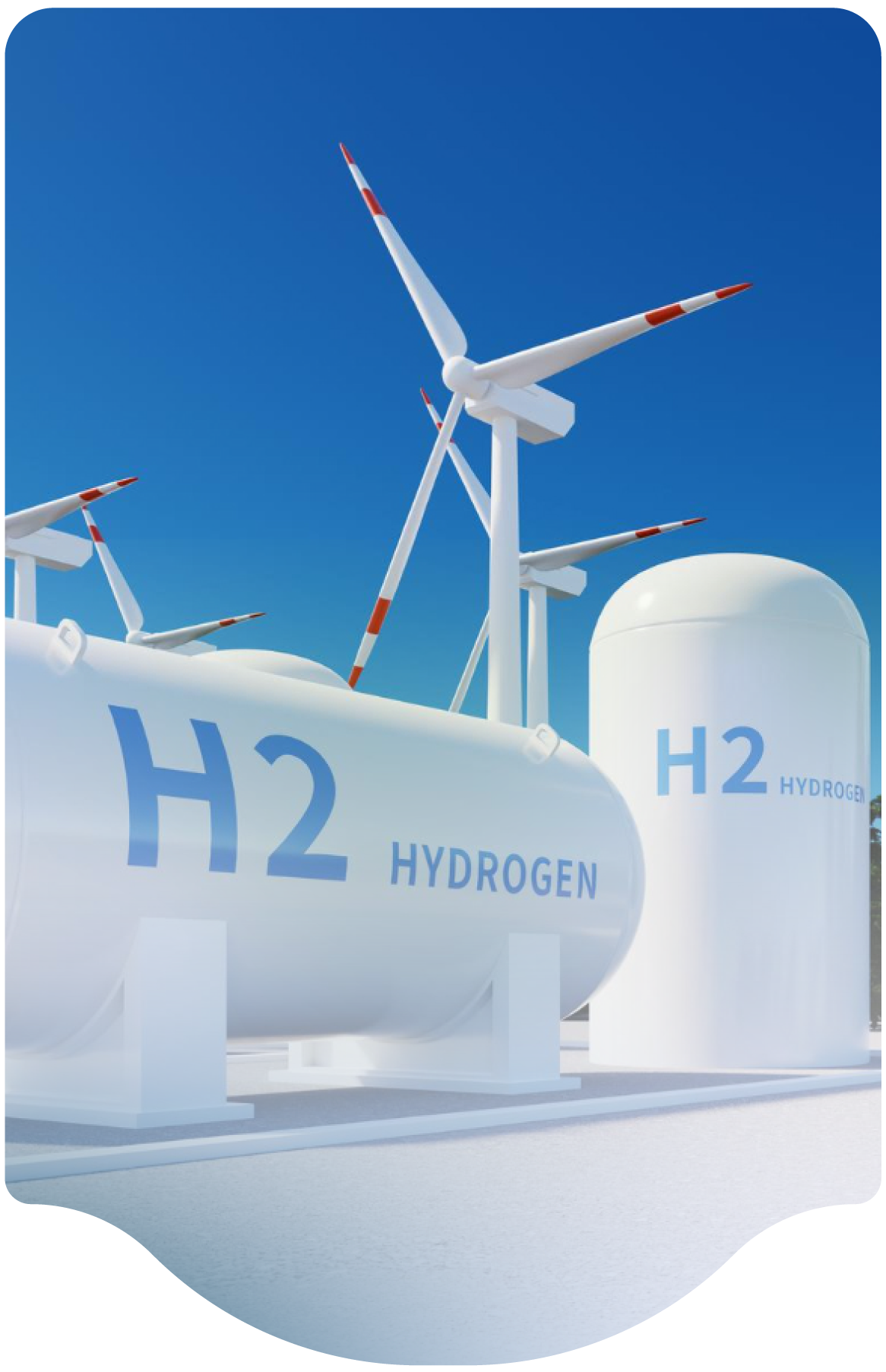Capability of passive recombiners to control hydrogen concentration in the containment of an advanced PWR
0-89448-624-1
The Department of Mechanical and Nuclear Constructions of the University of Pisa has developed a computer code, HOCRA, which is able to make an initial evaluation of the capability of catalytic recombiners to remove hydrogen from the atmosphere of the safety containments of nuclear reactors in accident conditions. The code allows the analysis of the average concentration transient of hydrogen in a generic compartment of a safety containment in a nuclear reactor. The software is structured into two groups. The first, mode-1, analyzes the average concentration in all the free volume of the containment before a possible venting; whereas the second, mode-2, analyzes the average concentration transient in a containment compartment, assuming input and output flow rates into and from the compartment itself. The first part of this paper outlines the physical and mathematical model of the code, the second part reports calculations made for an advanced PWR in cooperation with ENEL.
Times Cited: 0 International Topical Meeting on Advanced Reactors Safety (ARS 97) Jun 01-05, 1997 Orlando, fl Amer Nucl Soc, Nucl Installat Safety Div; Atomic Energy Soc Japan; Canadian Nucl Soc; Korea Nucl Soc; European Nucl Soc; US DOE; Org Econ Cooperat & Dev; Int Atomic Energy Agcy 0
569-577

